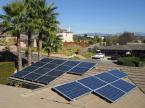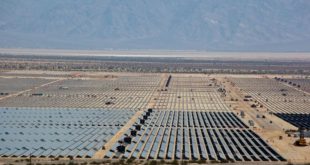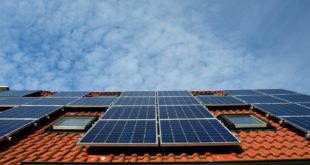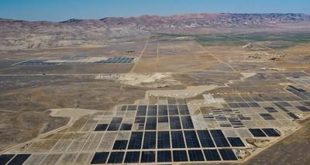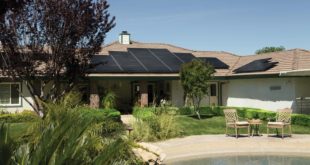With energy rates increasing more and more, people are looking for new ways to provide power to their homes. One option many are looking into is solar power. I know I looked into it myself, but I found out there’s good and bad in everything.
I’ll get into that in a second — including a few really important warnings about putting solar power in your home — but first, let’s give some background so you know where I’m coming from…
First, did you know that if you run your home on solar power and aren’t using all of the electricity you produce, you can actually have the energy company buy it from you to add to the power grid?
You could actually get paid for electricity instead of paying the exorbitant bills you are paying today. How’s that for a switch?
But now let’s get some of the basics out of the way.
Solar power is power from the sun (obviously).
It is a renewable resource meaning we can’t run out of it. Most of the methods in use today for providing electricity to our homes are not renewable. A major source of energy comes from coal. However there is only a certain amount of coal available and once we run out we are out.
It will take millions of years for the earth to create more coal, or oil, or natural gas, or anything that comes “from the ground.” What are we to do when the resources currently used run dry?
Answer: We need to find new ways to create energy and we need to do it now. As the current resources begin to disappear, energy prices are going to skyrocket. If you think it’s bad now, just wait a few years. What are you going to do when it costs like $50 just to drive to the grocery store?
Bottom line: If you feel your power bill is too high now, just wait. Supply and demand dictates that energy prices are only going to continue to rise.
But I haven’t told you anything you don’t already know yet. So let’s get to the good stuff.
First, to create power using the sun you need to have solar panels at your home. There are two types of panels to choose from. The first type is Flat Plate Collectors. These are the simpler of the two panels. This type absorbs the sun’s heat.
This heat can then be stored for future use in a well-insulated tank or it can be used immediately to heat air or water to be used in your home. By using this method alone, you can cut your bill by 1/3rd.
This system costs far less than the system that actually creates power for your home, but you will still be dependent on the utility company for some or most of your electricity.
The second type of system is the photovoltaic system. This system uses panels that are created using silicon.
This is what most people think of when they think of solar power for their homes. Problem is, these panels are much more expensive due to the cost to produce them.
Photovoltaic panels do actually produce electricity. The silicon, which is a semi-conductive substance, converts the sun’s energy into power for your home. With this type of system, you use an inverter to change the 12V power the solar panel creates into 110V power that homes use.
To ensure your home ALWAYS has power, your system needs to be connected to either the utility grid, or a battery bank. If you choose a battery bank, you will be completely off the grid.
The batteries store the extra energy created during sunny days to power your home at night and on cloudy days. If you go the other route and stay connected to the grid, the extra energy created can go directly into the grid to be used in other homes.
You then get power from the grid at night or when conditions do not allow solar power to be created by the panels.
Now this choice would be a no-brainer except for the fact that a solar panel system can cost tens of thousands of dollars. Many systems will set you back a cool $50,000 or more.
Even with government incentives, the average home that uses 25KWH a day is looking to spend maybe over $100,000 on a system.
I don’t know about you, but I don’t have that kind of cash just lying around. Fortunately for everyone, there IS a solution to this.
In fact, it’s possible to save around 80% to 90% on the cost of solar system for your home, but you have to know WHERE and HOW to realize these savings.
Down at the end of this article a few links I want you to check out. Honestly, if you don’t have $50,000 to $100,000 to spend on a solar system, you need to check these out. You’ll learn how to start getting your home up and running on solar for a few hundred bucks.
No kidding. A few hundred bucks. So check those links out, okay?
Now let’s get into some other tips to maximize the solar power you do get from your system…
It’s wise to switch to energy efficient appliances and gas appliances when possible. If you make these changes and get your usage down to 15KWH a day, you can save some money of your system (in the silly “traditional” way, you’re still looking at around $70,000 or so for a system). That’s why I encourage you to check out the alternatives below.
In my opinion, if costs could be lowered dramatically, then solar power would definitely be the way to go. The benefits are great, but unfortunately the cost of most systems makes it an option most people can’t even afford to consider.
But you’re going to know something they don’t. Here’s your chance.
 Alternative Energy HQ solar power for homes, wind energy, and bio fuel issues
Alternative Energy HQ solar power for homes, wind energy, and bio fuel issues

